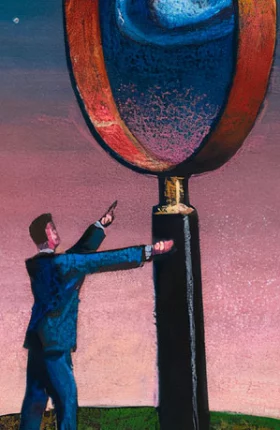Culture is hot. In our discussions and work with leaders in business, government, and not-for-profit organizations, we have observed a markedly increasing emphasis on culture—for a host of reasons.
Leaders trying to reshape their organization’s culture are asking: How can we break down silos and become more collaborative or innovative? Others, struggling to execute strategy, are wondering: How do we reconnect with our customers or adapt more proactively to the new regulatory environment?
Leaders overseeing a major transformation want to know how to spark the behaviors that will deliver results during the transformation—and sustain them well beyond. Those involved with a postmerger integration grapple with how to align the two cultures with the new operating model—and reap the sought-after synergies. And those simply seeking operating improvements often ask: How can we become more agile? Accelerate decision making? Embed an obsession for continuous improvement throughout the organization?
Regardless of the reasons, there’s little debate about what culture is. Most agree that it’s the values and characteristic set of behaviors that define how things get done in an organization. Nor is there any debating culture’s importance. Most leaders recognize how critical a high-performance culture is to their organization’s success. But many are discouraged by the yawning gap between their current and their target culture. Others are frustrated because they don’t know why their culture is broken (or just suboptimal)—or what steps they might take to get and keep a high-performance culture.
Through our work with clients, we have found that culture change is not only achievable but entirely feasible within a reasonable amount of time. Any organization that is willing to make the necessary effort can realize its target culture by implementing change based on the answers to four questions:
- What culture do we need?
- What culture do we have—and why?
- What aspects of the organizational context should we change to get the behaviors we seek?
- How do we make the change happen?
While these questions seem fairly straightforward, they are often shrouded in myths. These myths create the hurdles that make the goal of a high-performance culture seem so elusive.






